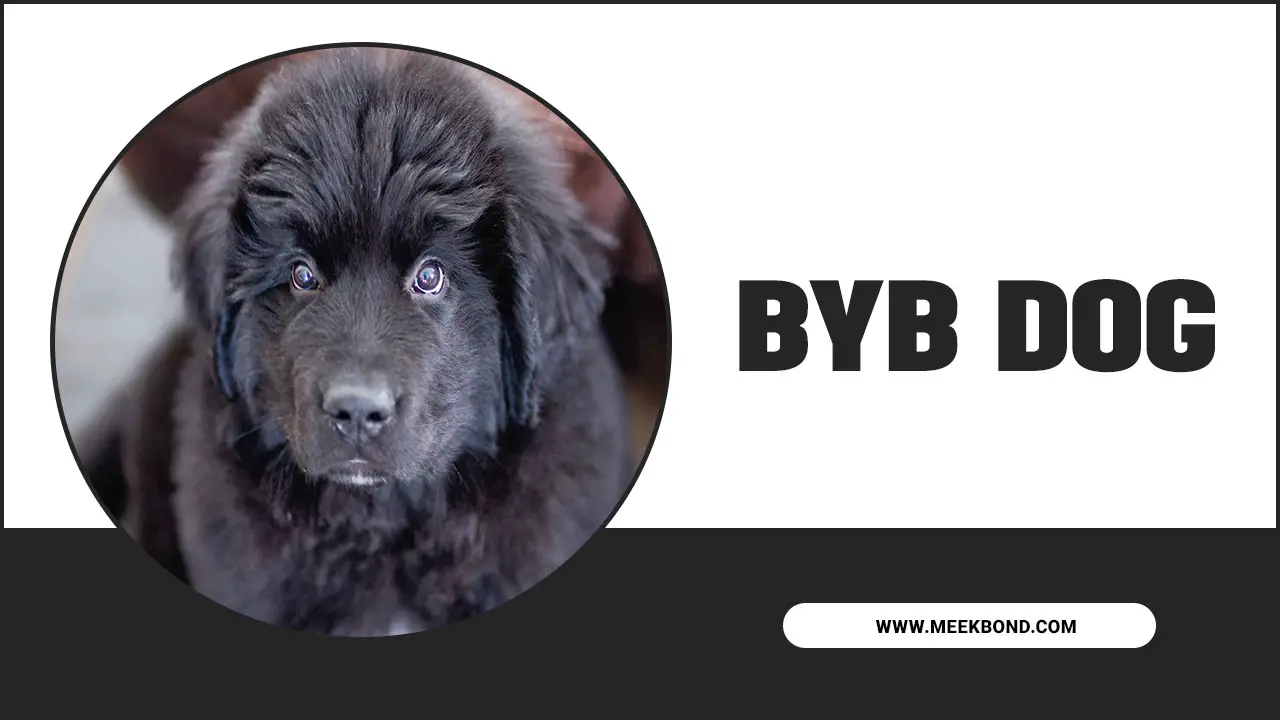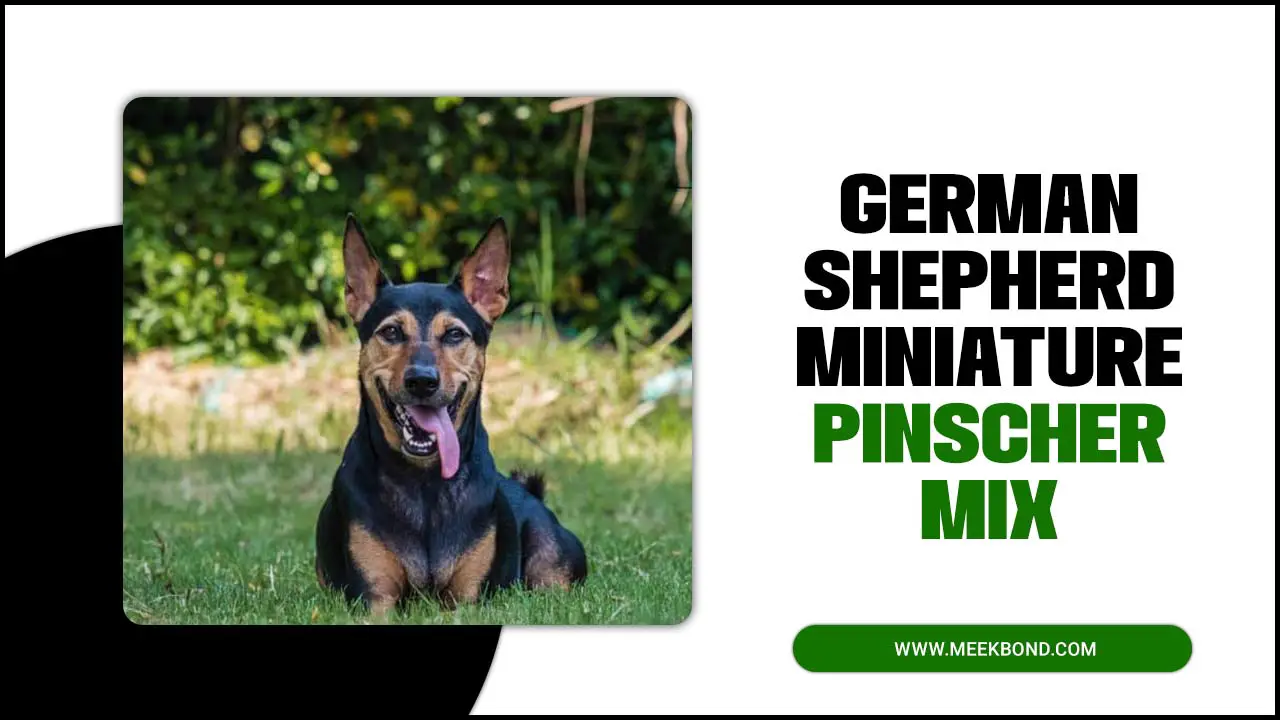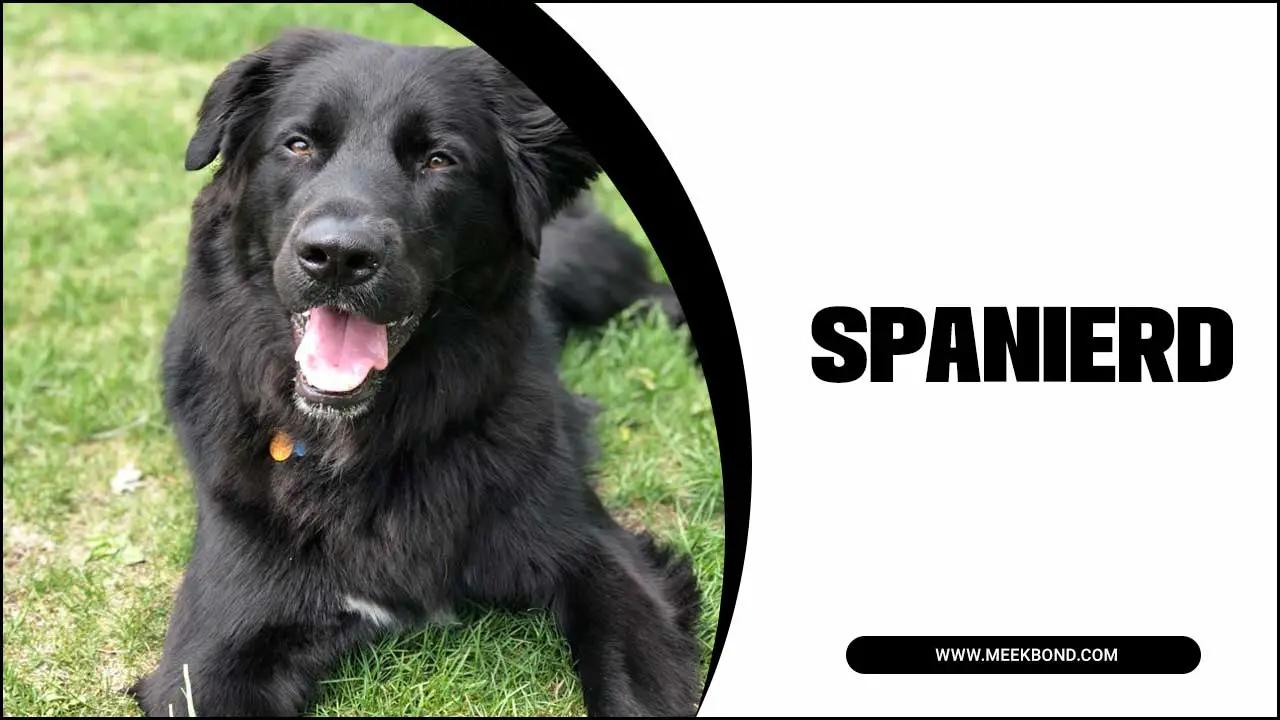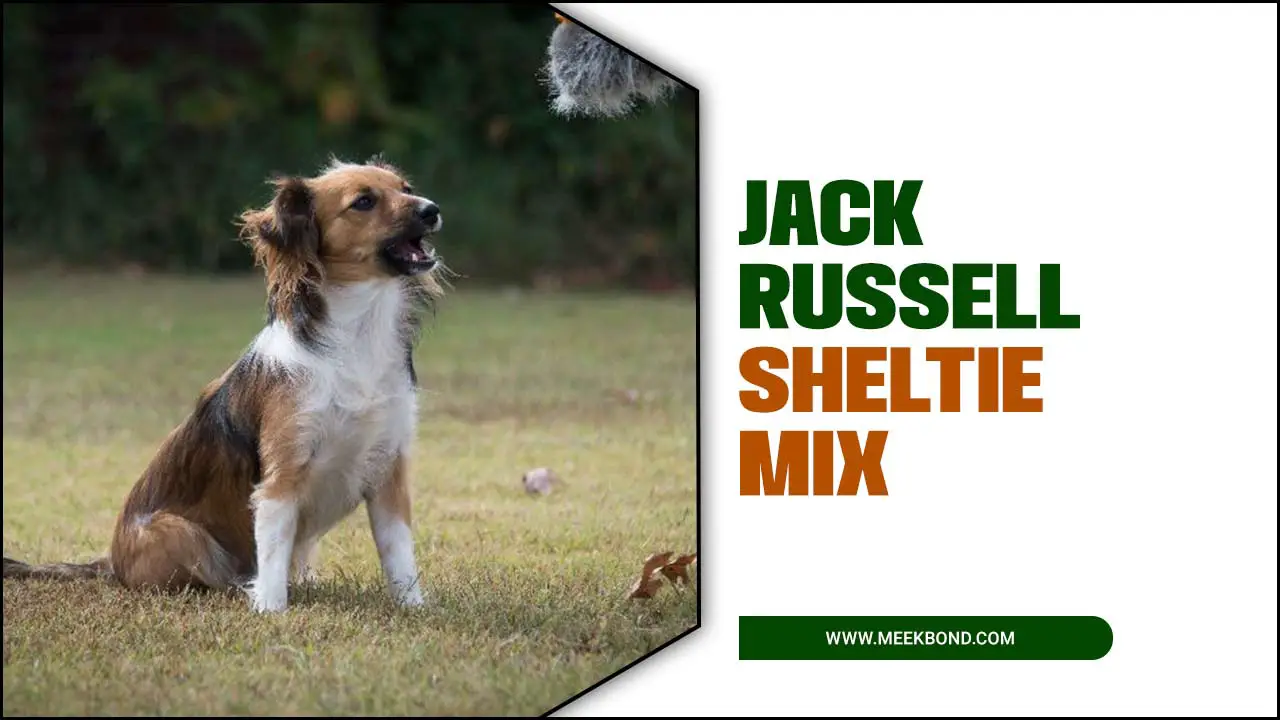The Blue Eyed Basset Hound is a popular breed among dog lovers. These furry companions are a joy to be around with their ears, expressive eyes, and affectionate personalities.
However, owning a blue-eyed basset hound comes with its responsibilities. To ensure they live a happy and healthy life, giving them proper care and attention is important. From grooming and exercise to diet and health care, there are several things you need to consider when caring for your blue-eyed basset hound.
We take you through everything you need about caring for your Blue-Eyed Basset Hound. We will discuss the unique characteristics of this breed and offer tips on how to train and socialize them. However, we will provide insight into their dietary needs, exercise requirements, and grooming routines. In addition, we will discuss common health problems that blue-eyed basset hounds may face and offer tips on how to prevent and treat them.
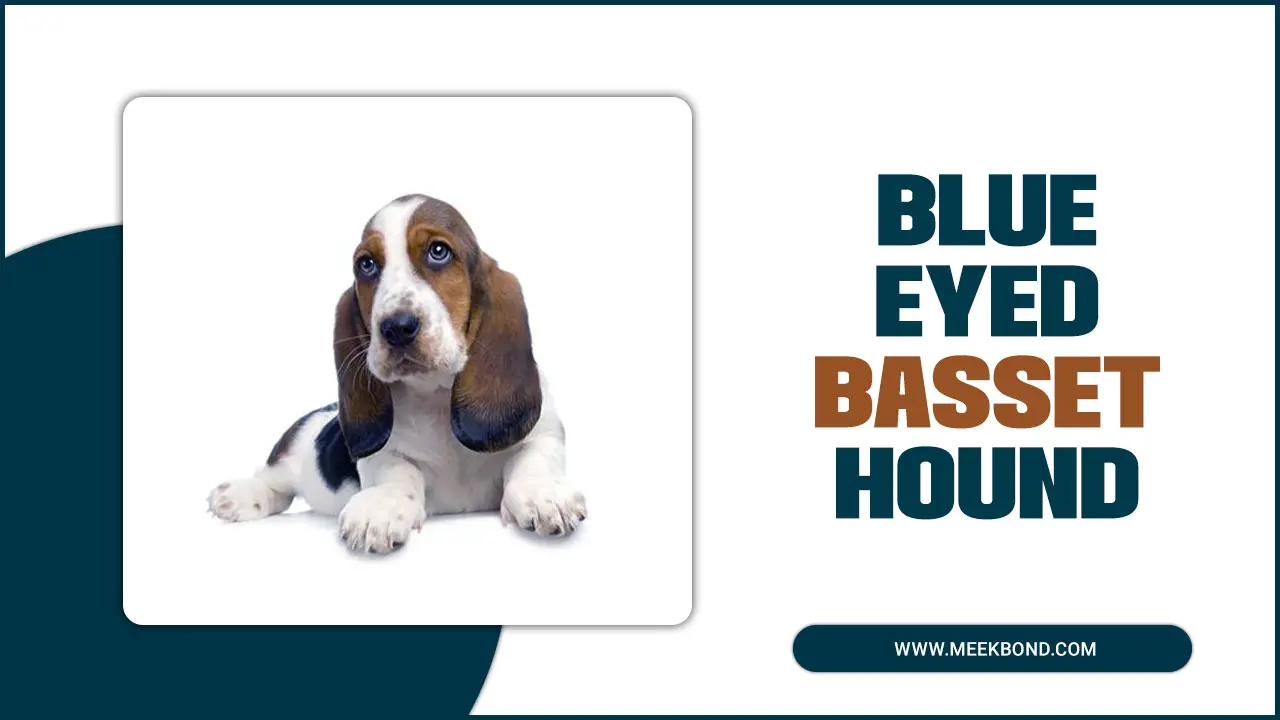
All About The Blue Eyed Basset Hound?
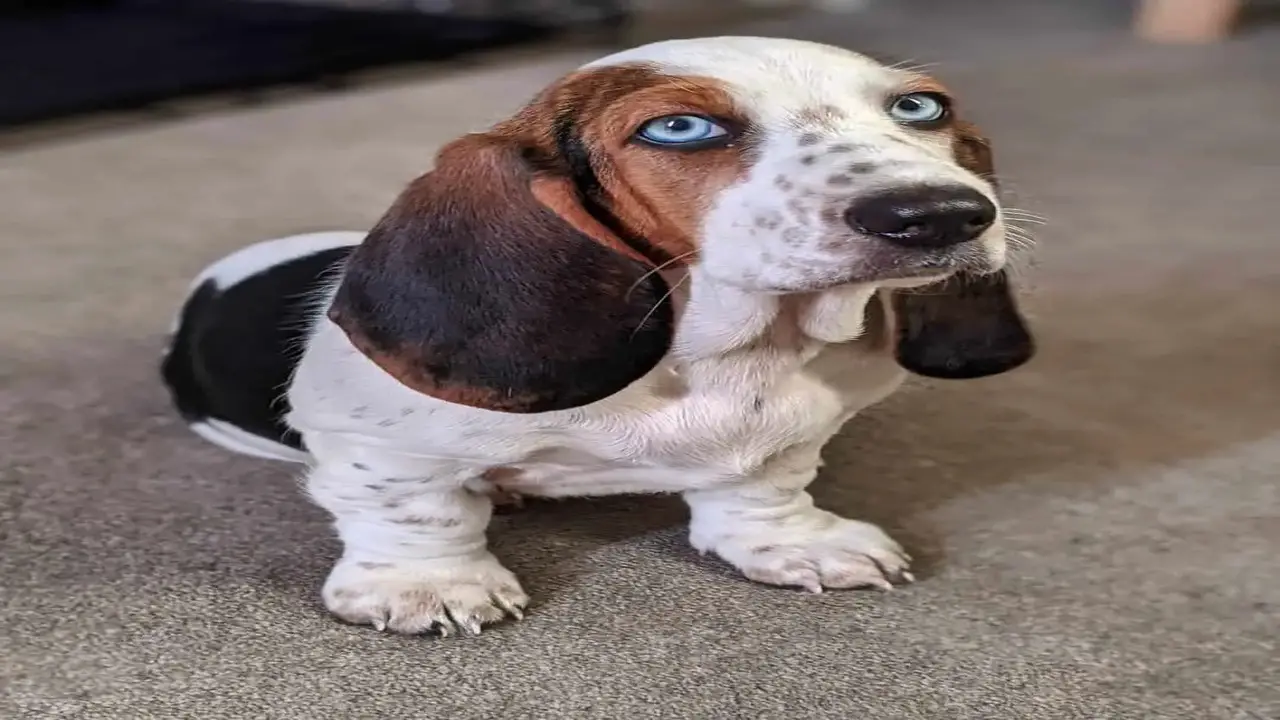
A blue-eyed basset hound is a rare variation of the traditional basset hound breed. While most basset hounds have brown eyes, blue-eyed basset hounds have stunning blue-colored eyes that make them stand out from the crowd. This unique eye color is caused by a genetic mutation that affects the pigmentation of the iris.
Dog lovers and enthusiasts seek blue-eyed basset hounds due to their striking appearance. However, it’s important to note that this eye color variation does not affect the dog’s health or temperament. Whether you’re a fan of traditional brown eyes or prefer the mesmerizing look of blue eyes, a blue-eyed basset hound can make a wonderful addition to any family.
The Basset Hound’s History
Basset hounds have a rich history that dates back to their origins in France. Originally bred for hunting small game, these dogs were specifically selected for their excellent sense of smell. Their nose is considered one of their most distinctive features. The name “basset” comes from the French word “bas,” which means low or short, referring to the breed’s low stature and long body.
In 1885, the American Kennel Club officially recognized the basset hound as a distinct breed. Since then, they have gained popularity for their hunting skills and as beloved companion animals. Today, people primarily keep them as pets rather than using them for their original purpose of hunting.
The history of the basset hound is an important part of understanding this unique breed. From their origins in France to their recognition by the American Kennel Club, these dogs have a long and fascinating lineage. Despite their historical roots as hunting dogs, they have adapted well to modern life and become cherished household members.
The Characteristics Of A Healthy Blue-Eyed Basset Hound
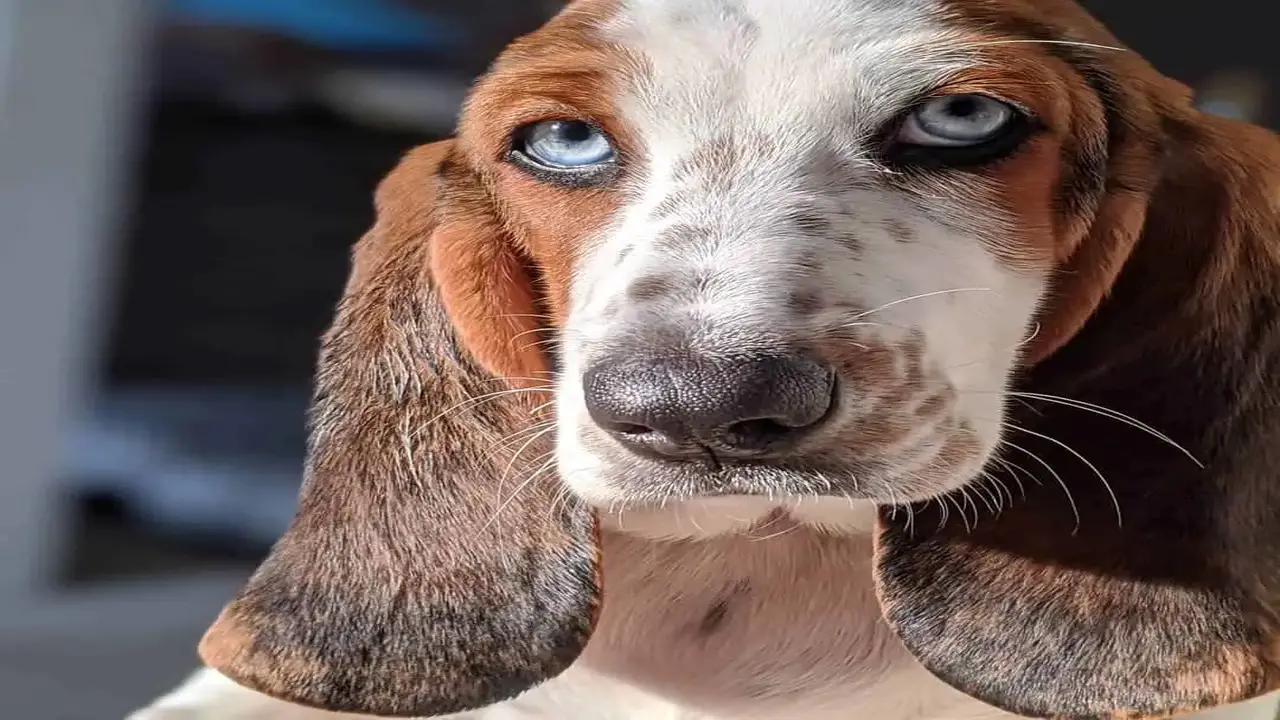
Several key factors characterize a healthy blue eyed basset hound. Firstly, they should have a well-balanced diet and maintain a healthy weight. This means providing them with nutritious food that meets their dietary needs and ensuring they are not overweight or underweight.
Secondly, their eyes should be clear and free from any sign of discharge or redness, indicating good eye health. Additionally, a healthy blue-eyed basset hound will have a shiny coat with no signs of skin issues. Regular grooming and proper hygiene practices can contribute to maintaining a healthy coat. Furthermore, they should have strong and sturdy limbs with no difficulty in movement.
Regular exercise helps to keep them fit and active. Finally, mental stimulation is crucial for their overall well-being. Engaging them in activities challenging their intelligence and satisfying their natural instincts can help keep them happy and content.
The Basset Hound’s Appearance
The Basset Hound is a breed popular for its distinctive appearance. One of the most notable features of the Basset Hound is its floppy, long ears that hang low on either side of its face. These ears add to their unique look and serve a purpose, helping to funnel scents toward its nose when it’s on the hunt.
Another characteristic of the Basset Hound is its soulful and expressive eyes, which are typically large and have a warm brown or hazel color. The Basset Hound has a short and stocky body with loose skin that forms wrinkles around its face and neck.
Despite its heavy build, the Basset Hound has a surprisingly agile and graceful gait, making it an endearing and lovable breed. Heir appearance, dog owners can help these lovable companions thrive and live a happy and healthy life.
The Basset Hound’s Personality
The basset hound is a friendly, easygoing dog. Originally hunting in packs, they tend to be good with other dogs and pets. Bassets are people-oriented and get along well with children. They have a calm and gentle nature, making them great companions for families of all sizes.
Their floppy ears and sad eyes give them an adorable and endearing appearance. Despite their laid-back demeanor, basset hounds still require regular exercise to keep them healthy and prevent obesity. With their friendly and sociable nature, it’s no wonder that the basset hound is a beloved breed among dog enthusiasts.
Size And Weight Of A Blue-Eyed Basset Hound
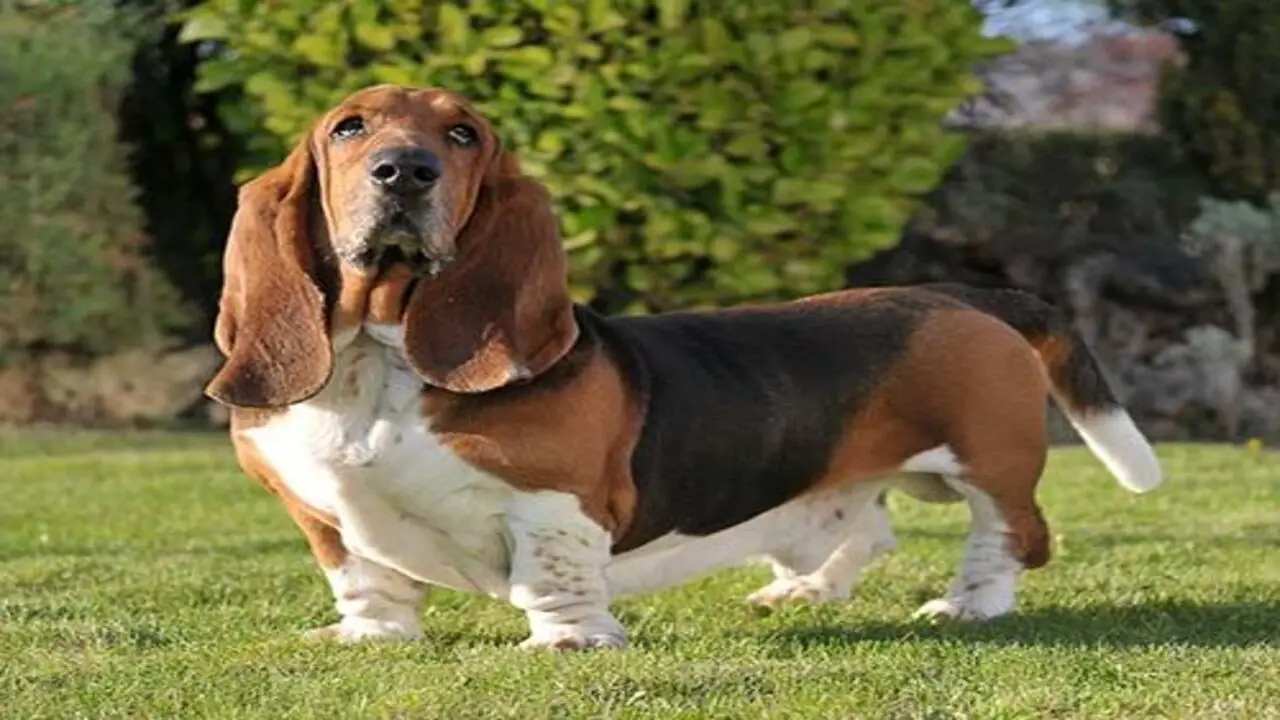
The blue-eyed basset hound is a medium-sized breed that typically weighs between 40-60 lbs for both males and females. Regarding height, males usually stand around 14 inches at the withers, while females tend to be slightly shorter at 13 inches.
One distinctive feature of the blue-eyed basset hound is its long back, which gives it a unique appearance. Additionally, this breed is classified as dolichocephalic, meaning it has a long and narrow head shape. Overall, the blue-eyed basset hound is a charming and lovable dog breed known for its striking blue eyes and distinctive physical characteristics.
Grooming A Blue-Eyed Basset Hound
Caring for a blue-eyed basset hound involves regular grooming to keep its coat healthy and minimize shedding. Their long ears require regular cleaning to prevent infections, so paying attention to this area is important. Additionally, nail trimming should be done regularly to maintain the paw health of your blue-eyed basset hound. When it comes to bathing, it should be done as needed, avoiding frequent baths to prevent dry skin.
Dental care is another crucial aspect of caring for a blue-eyed basset hound. Dental problems such as tartar buildup and gum disease can occur if their teeth are not properly cared for. Regular teeth brushing and veterinary dental check-ups are essential in preventing these issues.
As a responsible dog owner, it’s important to incorporate these grooming practices into your blue-eyed basset hound’s routine. By dedicating time to their grooming needs, you can ensure they look their best and maintain good overall health. Remember to consult with a veterinarian for any specific grooming recommendations or concerns.
Essential Care Tips For Blue-Eyed Basset Hounds
Proper care is essential for the health and well-being of blue-eyed basset hounds. As dog owners, we are responsible for providing them with the necessary care to ensure a happy and healthy life. Here are some essential care tips to keep in mind:
First and foremost, proper nutrition is crucial for a healthy blue-eyed basset hound. Providing them with a balanced and nutritious diet will help maintain their overall health and prevent potential health problems. It’s important to consult a veterinarian to determine the best diet for your pup.
Regular exercise is also important for blue-eyed basset hounds. These dogs tend to gain weight, leading to various health issues. Daily walks and playtime will not only help them maintain a healthy weight but also prevent behavioral problems that may arise from pent-up energy.
Grooming is another key aspect of caring for blue-eyed basset hounds. Their coat requires regular brushing to keep it clean and free from matting. Additionally, their ears, prone to infections, should be cleaned regularly. Nail trimming and dental care are also important aspects of grooming.
Lastly, positive reinforcement training methods work best for blue-eyed basset hounds. These dogs respond well to praise, rewards and harsh training methods should avoid. Consistency and patience are key when training these intelligent and sensitive dogs.
Things To Avoid When Caring For A Basset Hound
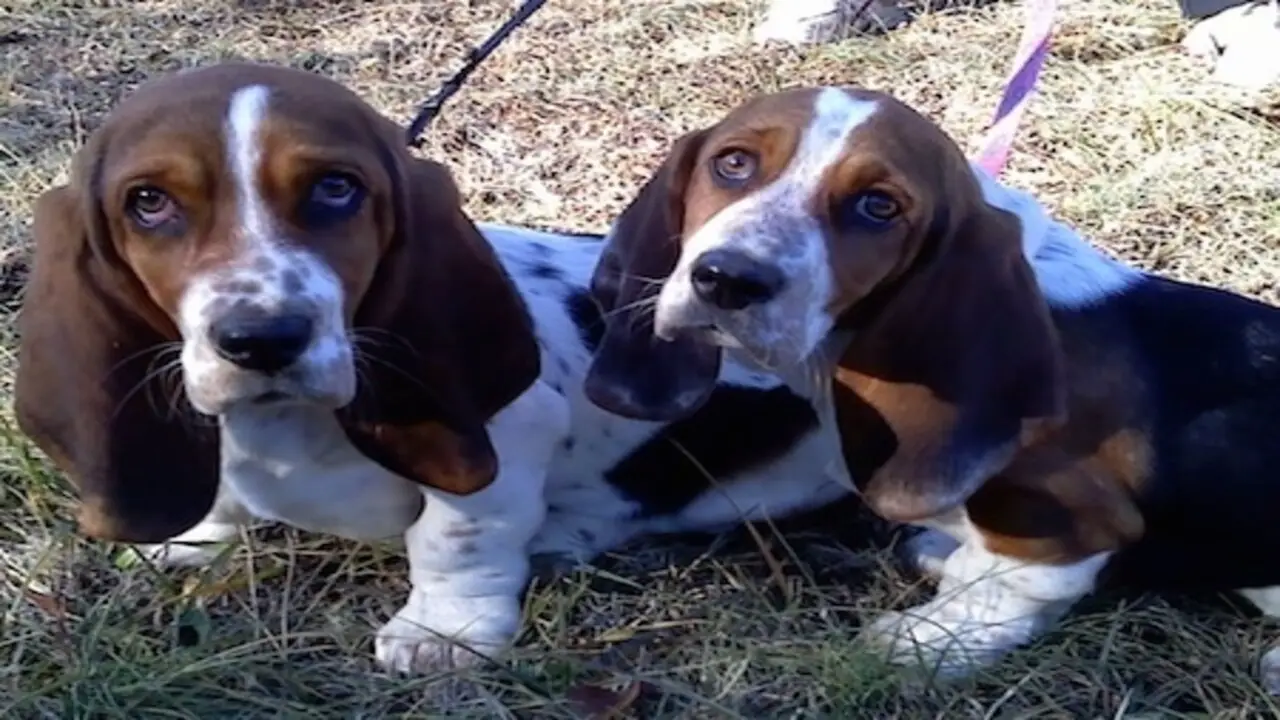
When caring for a Basset Hound, there are a few things to avoid to ensure their health and well-being. First and foremost, it is important to avoid overfeeding. Basset Hounds tend to gain weight easily, which can strain their joints and lead to other health issues.
Monitoring their food intake and providing a balanced diet that meets their nutritional needs without excess calories is important. Additionally, it is important to avoid prolonged periods of physical activity, especially in hot weather.
Basset Hounds are prone to overheating due to their short legs and heavy bodies, so providing them with plenty of rest and shade during outdoor activities is important. Lastly, avoiding harsh training methods or punishment-based techniques is important when training your Basset Hound.
These sensitive dogs respond best to positive reinforcement and gentle guidance. By avoiding these common pitfalls, you can ensure that your blue-eyed Basset Hound remains happy and healthy for years.
Common Health Problems In Blue-Eyed Basset Hounds
While blue-eyed basset hounds are undeniably adorable, it’s important to be aware of the common health problems that can affect them. One of the most well-known issues in this breed is the risk of developing eye problems such as cataracts and progressive retinal atrophy.
Blue-eyed basset hounds may also be prone to certain genetic conditions like hip and elbow dysplasia, which can cause discomfort and mobility issues. Additionally, they may be more susceptible to ear infections due to their long, floppy ears. Regular veterinary check-ups and proper care can help minimize the impact of these health problems and ensure that your blue-eyed basset hound lives a happy and healthy life.
Conclusion
Caring for blue eyed Basset Hound requires attention to their unique needs and characteristics. Understanding their history, appearance, personality, and health concerns is essential for providing the best care possible. Regular grooming, proper training, and awareness of signs of health problems are all important aspects of maintaining the well-being of these adorable pets.
Remember to avoid things that may harm Basset Hounds and prioritize their comfort and happiness. By following these essential care tips and being proactive in their health, you can ensure that your blue-eyed Basset Hound lives a long, healthy, and happy life as a beloved family member.
Frequently Asked Questions
Are Blue-Eyed Basset Hounds Rare?
Blue-eyed basset hounds are relatively rare due to a genetic mutation. However, it’s important to note that blue eyes are not the breed standard. These dogs may be more prone to health issues like deafness or eye problems. When getting a blue-eyed basset hound, choose a reputable breeder who conducts proper genetic testing.
Are Blue Basset Hounds Healthy?
Blue basset hounds can be healthy if bred responsibly. They may have a higher risk of health issues like hip dysplasia and ear infections. Regular vet check-ups, a balanced diet, and exercise are important for their well-being. Before adopting, research the breeder and ask for health clearances.
Do Blue-Eyed Dogs Have Vision Problems?
Blue-eyed dogs can sometimes experience vision problems, although it is not necessarily due to their eye color. Certain eye conditions, like cataracts or glaucoma, may be more prevalent in blue-eyed dogs. Regular vet visits and proper eye care are essential for managing any potential vision issues and ensuring the well-being of your blue-eyed Basset Hound.
Will My Puppy’s Eyes Stay Blue?
Blue-eyed Basset Hounds are rare but do exist. While most blue-eyed puppies will lose their blue eye color as they grow older, eye color in Basset Hounds can vary from brown to blue or even bi-colored, depending on genetics. Remember, even if your puppy’s eyes don’t stay blue, they will still be adorable and lovable.
What Is The Best Diet For A Blue-Eyed Basset Hound?
To ensure optimal health, a blue-eyed Basset Hound requires a balanced diet that includes protein, carbohydrates, and healthy fats. It is recommended to feed them high-quality dog food and avoid giving them table scraps or human food. Consulting with a veterinarian can help determine the best diet for your blue-eyed Basset Hound.

Aquarium passion is all about connecting with the aquatic life and providing education to the public on the importance of these creatures. We showcase a wide variety of marine life through our exhibits as well as working with schools to provide unique learning opportunities for students of all ages.

